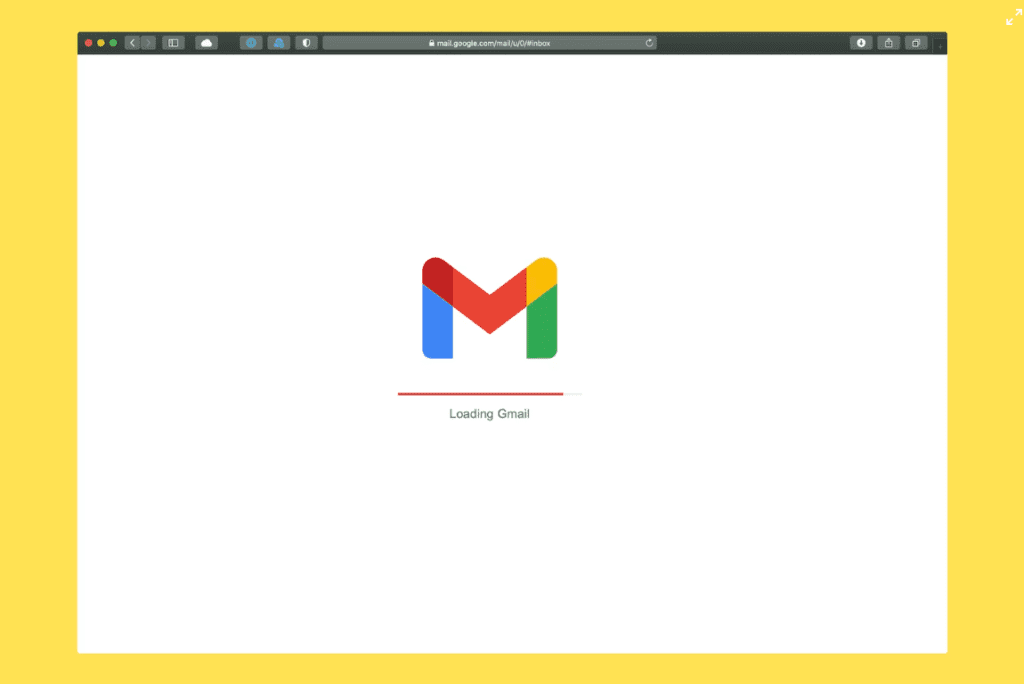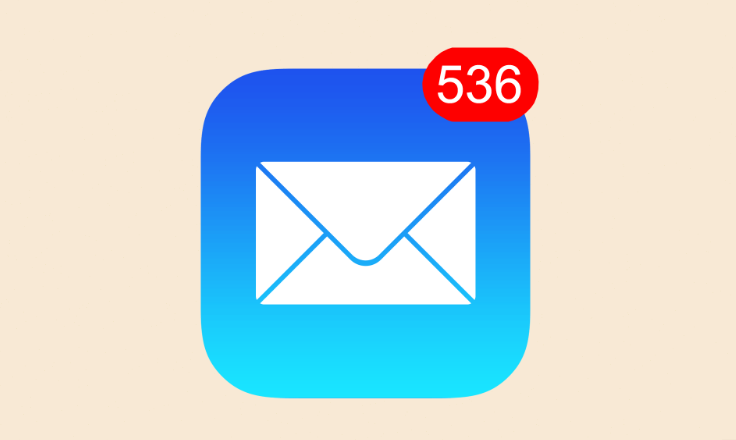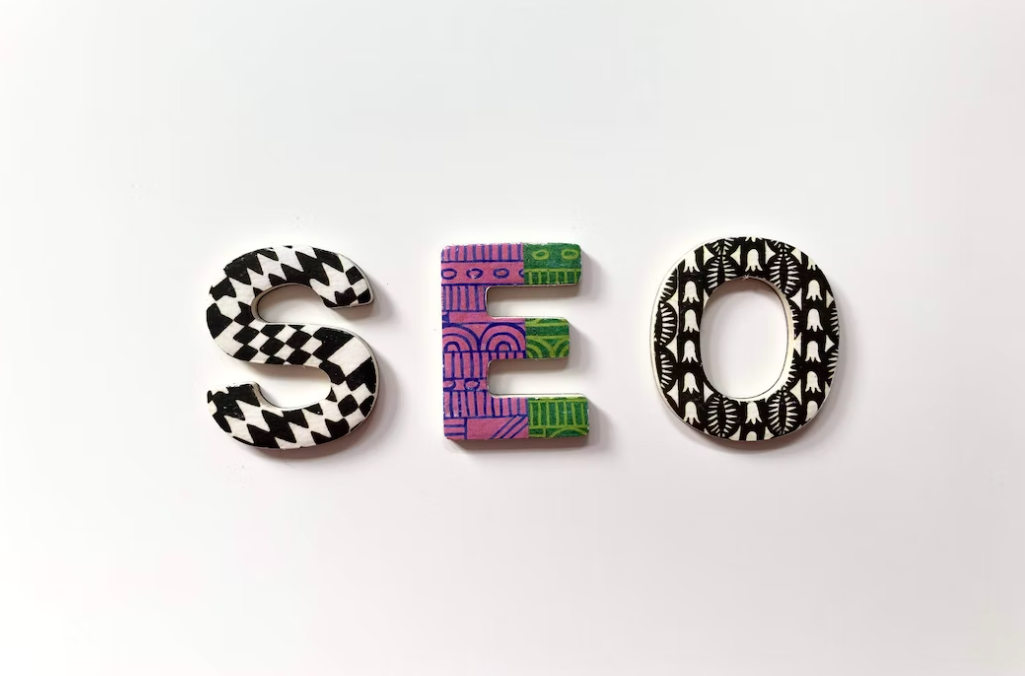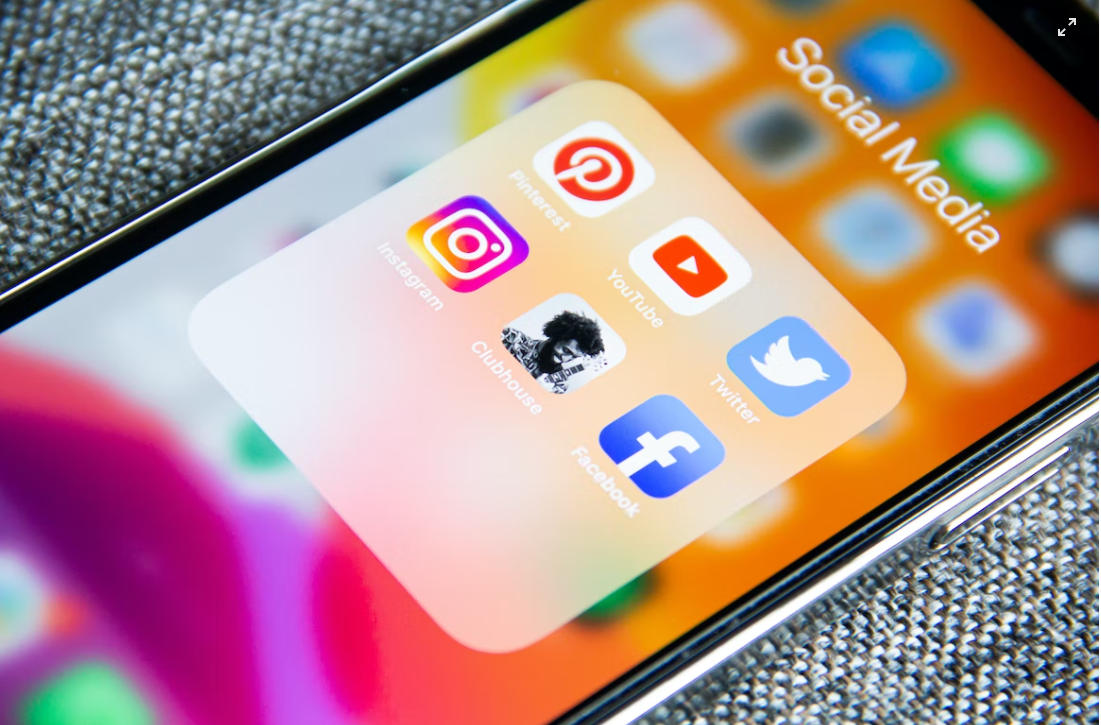
Email is still a widely used form of communication, and it is unlikely to die out in the near future. While other forms of communication, such as instant messaging and social media, have become popular in recent years, email remains a crucial tool for communication in both personal and professional contexts. Many people still rely on email as their primary method of communication, particularly in business and formal settings.
That being said, the use of email may change as new technologies and communication platforms emerge. Some people may choose to use other forms of communication for certain tasks, but it is unlikely that email will completely disappear as a form of communication.
There are several reasons why email remains a popular form of communication:
- Email is universal: Almost everyone with an internet connection has an email address, which makes it easy to communicate with people from different countries and regions.
- Email is asynchronous: Unlike phone calls or instant messaging, email allows the sender and recipient to communicate at their own pace. This can be helpful for people with different schedules or time zones.
- Email is convenient: People can access their email from a variety of devices, such as laptops, tablets, and smartphones, which makes it easy to stay connected and communicate on the go.
- Email is professional: Email is often used in a professional setting to communicate with colleagues, clients, and business partners. It is a more formal method of communication than instant messaging or social media, which can be helpful in certain situations.
- Email has a long history: Email has been around for decades, and it has a established place in the way we communicate. Many people are familiar with email and feel comfortable using it, which contributes to its continued popularity.
Overall, while other forms of communication may become more popular over time, email is likely to remain a important tool for communication in both personal and professional contexts.

Why some email marketing are not effective?
There are several reasons why some email marketing campaigns may not be effective:
- Poor targeting: If the email is not relevant to the recipient, they are less likely to engage with it. It is important to segment email lists and tailor the content to the specific audience.
- Unclear subject lines: A subject line that is unclear or uninteresting may discourage people from opening the email.
- Lack of personalization: Personalized emails tend to perform better than generic ones. Using the recipient’s name and other personal details can make the email more appealing.
- Poor email design: Emails with poor design or formatting may be difficult to read or unappealing to the eye, which can decrease the chances of engagement.
- Too much email: Sending too many emails or emailing too frequently may lead to people becoming uninterested or annoyed, and they may start to ignore or delete the emails without reading them.
By addressing these issues and following best practices for email marketing, it is possible to create effective email campaigns that engage and convert recipients.

Ways to improve the conversion rate of your email marketing
Here are some tips for increasing conversion on email marketing:
- Segment your email list: Grouping your email list based on shared characteristics, such as location, age, or interests, allows you to tailor the content of your emails to specific audience segments. This can make the emails more relevant and engaging, increasing the chances of conversion.
For example: If you are promoting a new product, you might send an email to a segment of your list that consists of people who have previously shown an interest in similar products.
- Personalize your emails: Personalized emails tend to perform better than generic ones. Using the recipient’s name and other personal details, such as their location or purchase history, can make the email feel more personalized and relevant.
For example: Instead of starting an email with “Hello,” try using the recipient’s name, such as “Hi John,” or “Hello Sarah.”
- Use clear and compelling subject lines: The subject line is the first thing people see when they receive an email, so it is important to make it catchy and compelling. Avoid using vague or spammy subject lines, as they may discourage people from opening the email.
For example: Instead of using a subject line like “New product alert,” try something more specific and enticing, such as “Introducing the newest addition to our product line: the XYZ 1000.”
- Optimize the email design: The design of your email can have a big impact on its effectiveness. Use a clear and easy-to-read font, and make sure the layout is visually appealing and mobile-friendly.
For example: Avoid using tiny fonts or cramming too much information into a small space. Instead, use large, bold headlines and plenty of white space to make the email easy to read and navigate.
- Test and optimize: It is important to continually test and optimize your emails to see what works and what doesn’t. A/B testing allows you to compare the performance of different subject lines, calls to action, or design elements to see which ones are most effective.
For example: You might send two versions of the same email, with different subject lines, to see which one gets a higher open rate. You can then use the winning subject line for future emails.
By following these tips and continually testing and optimizing your email marketing campaigns, you can increase conversion and achieve better results.





